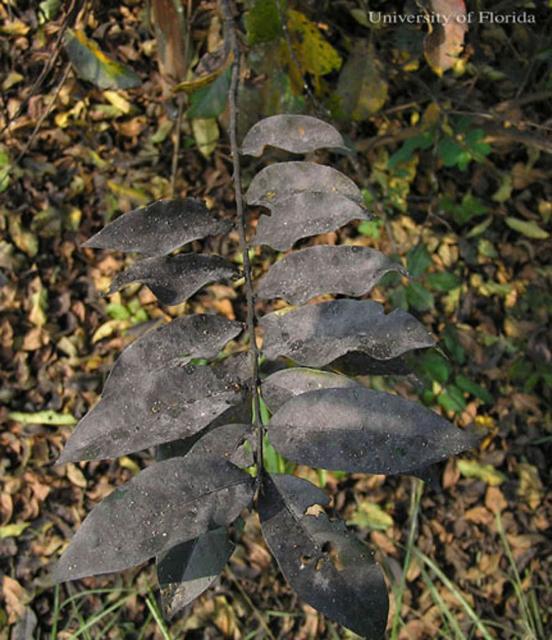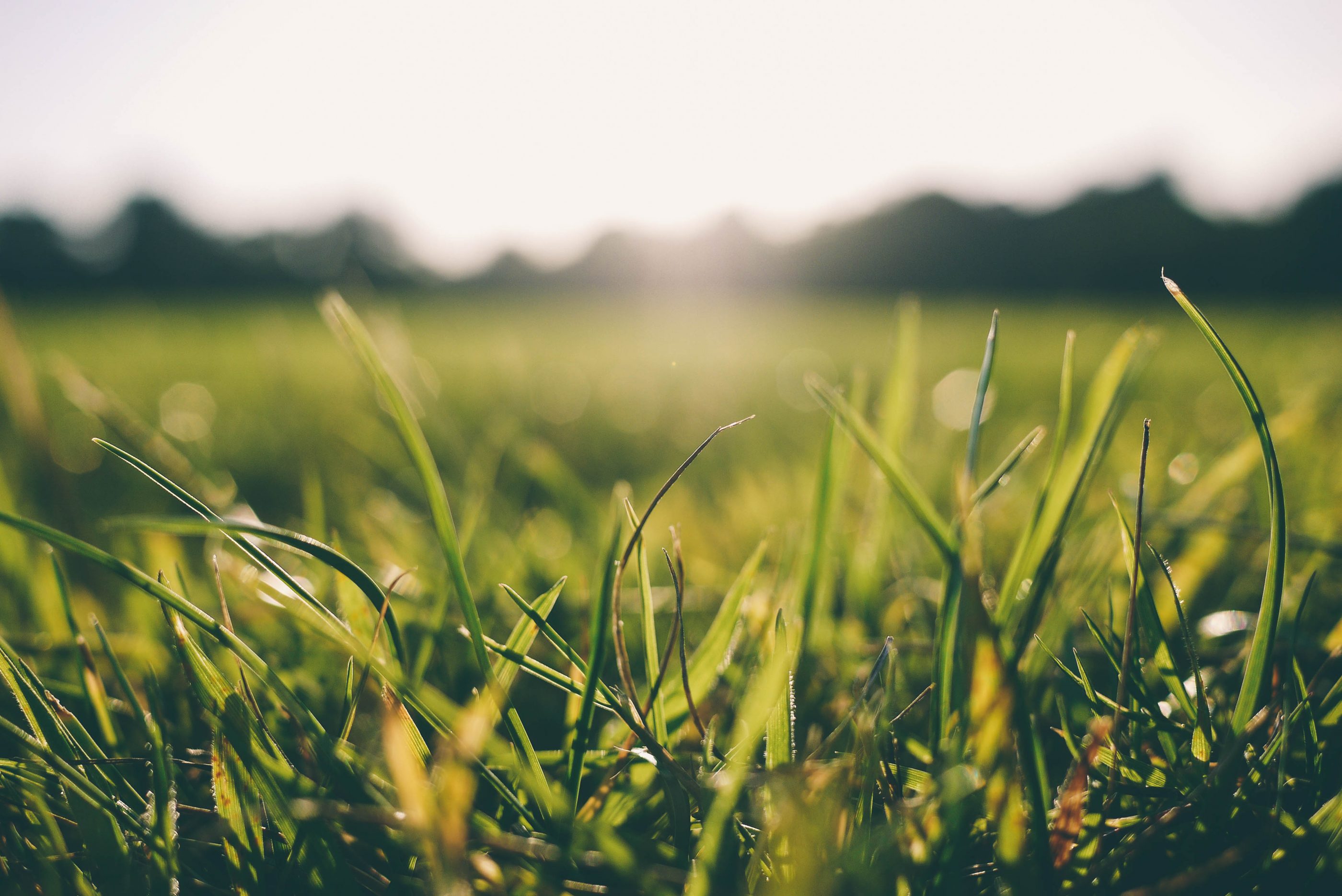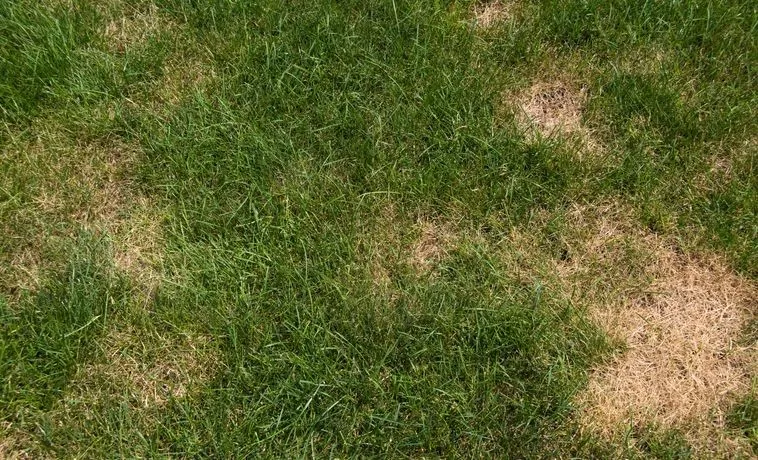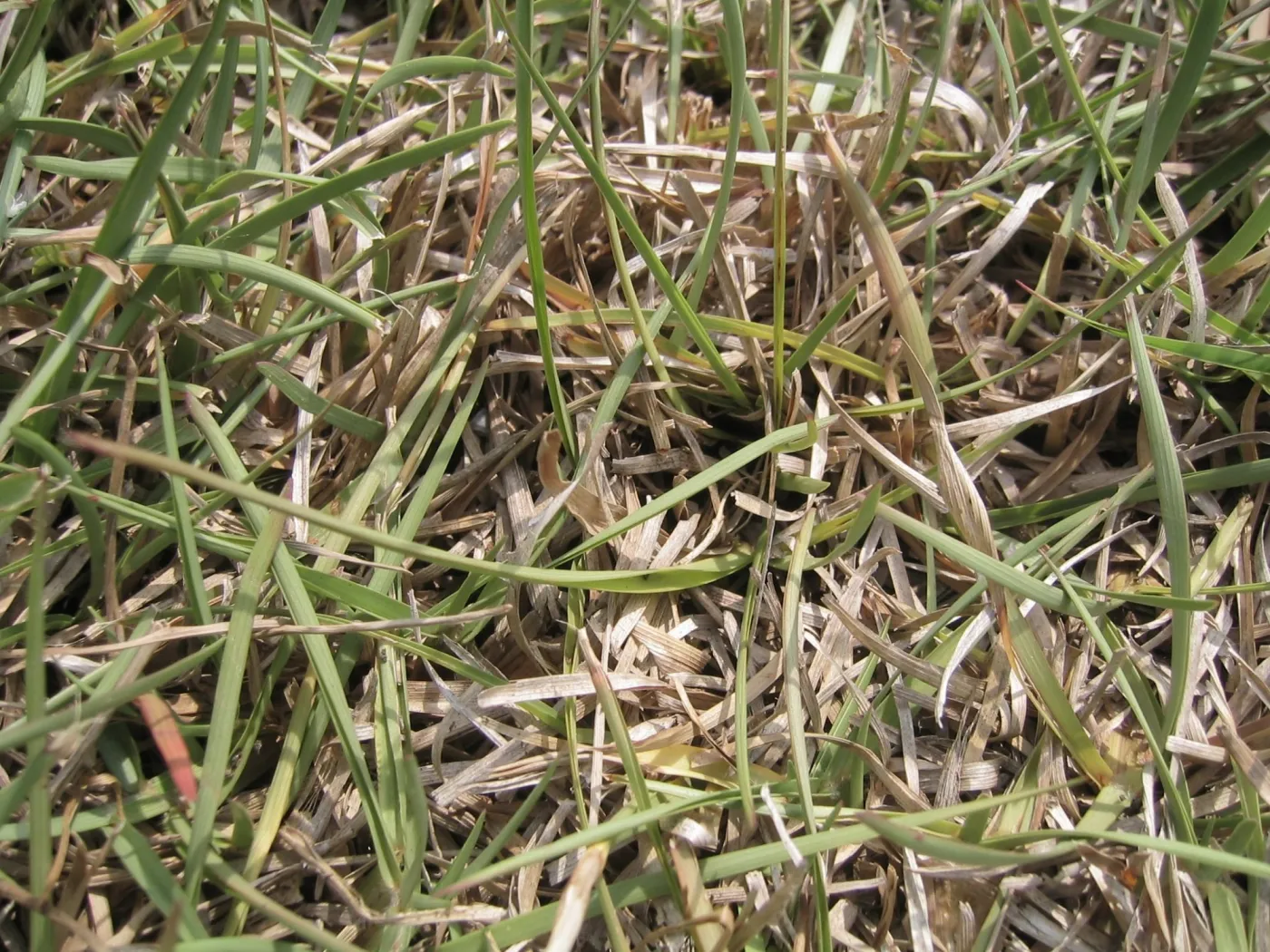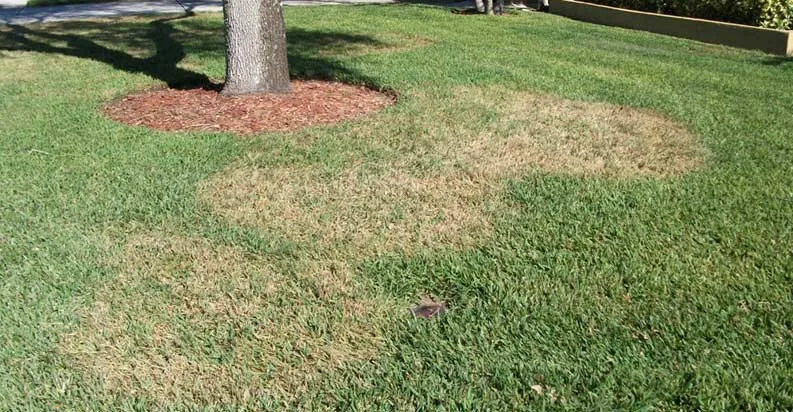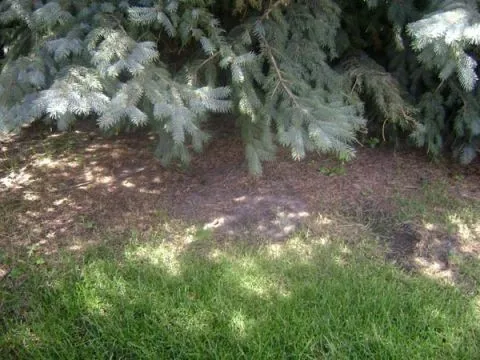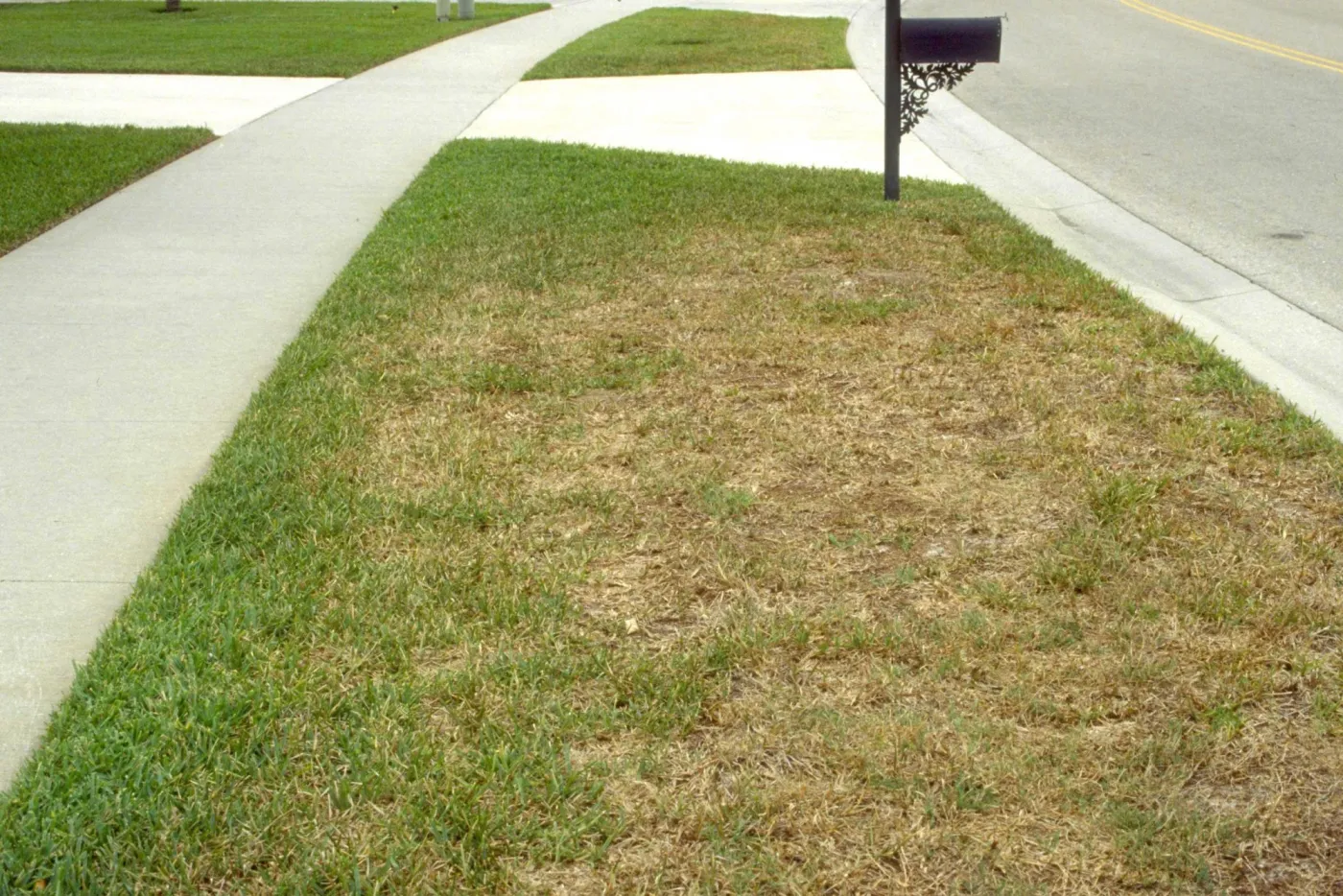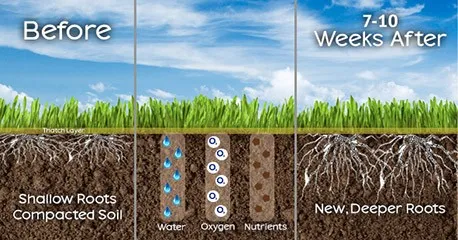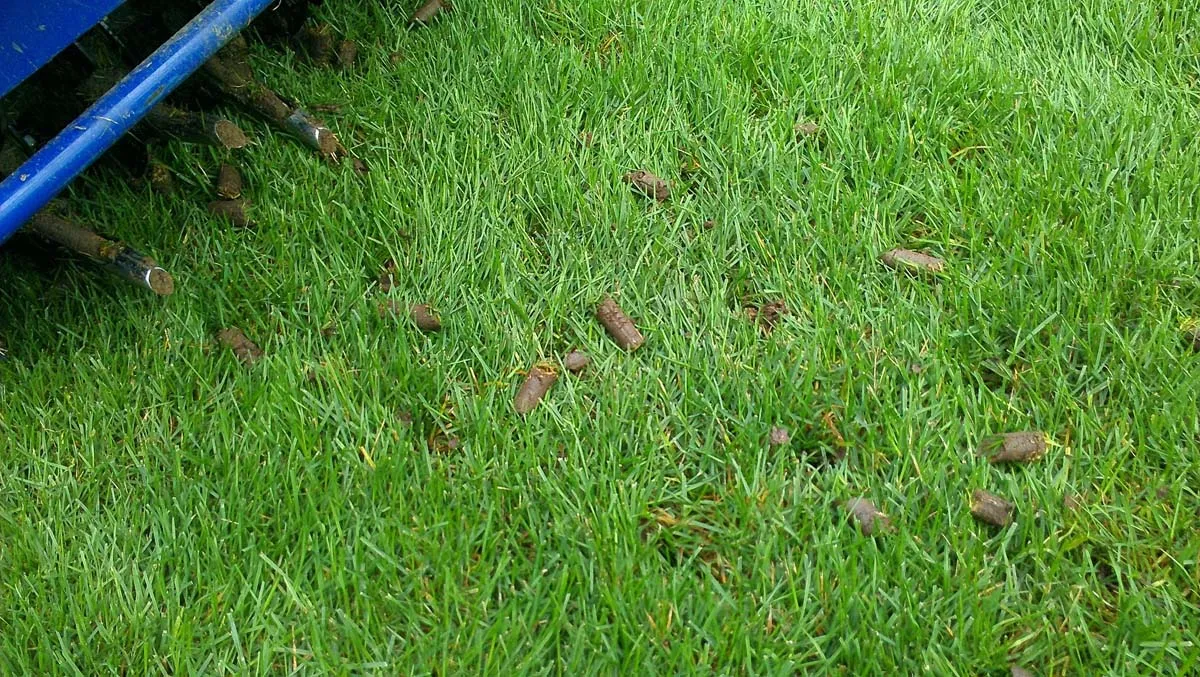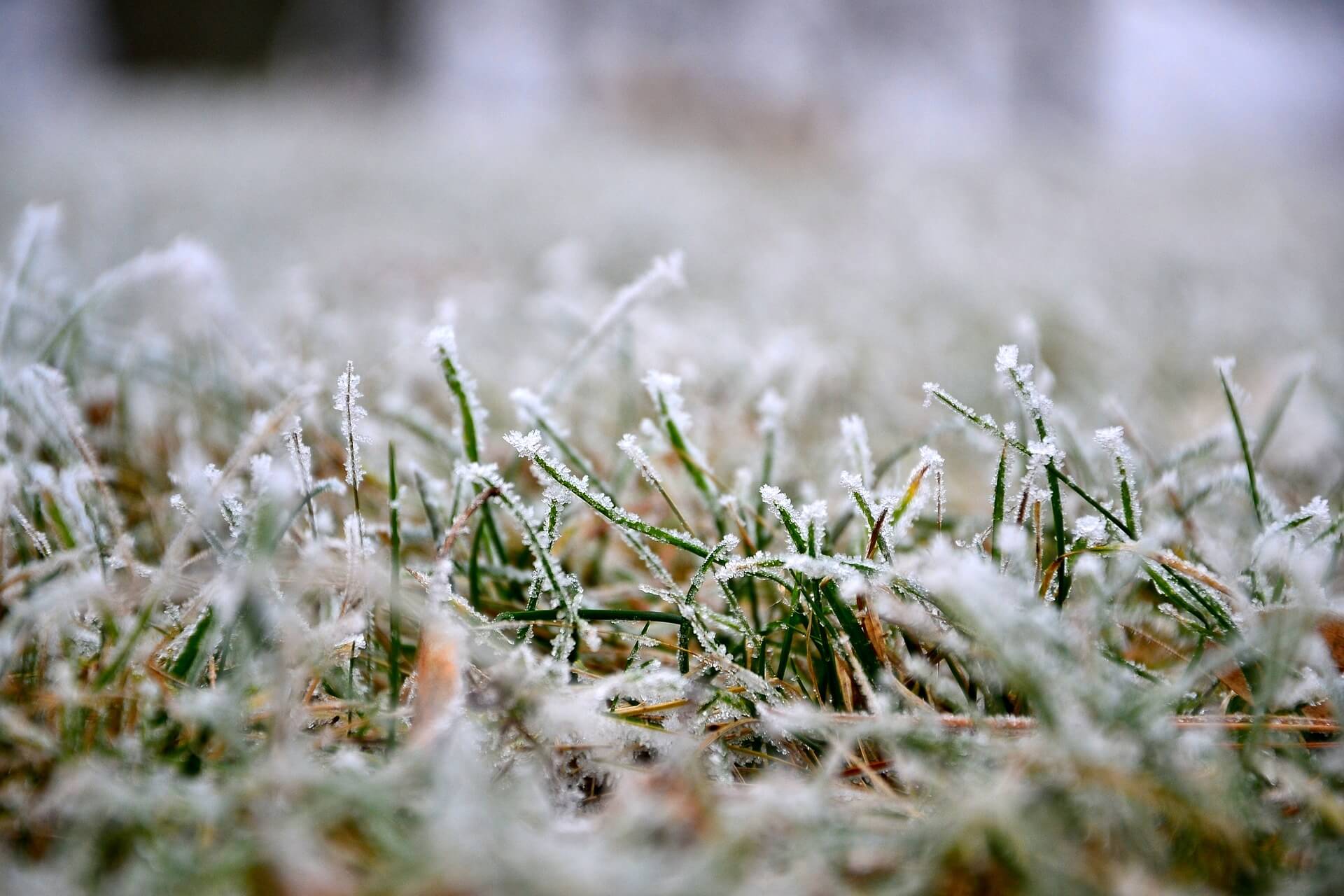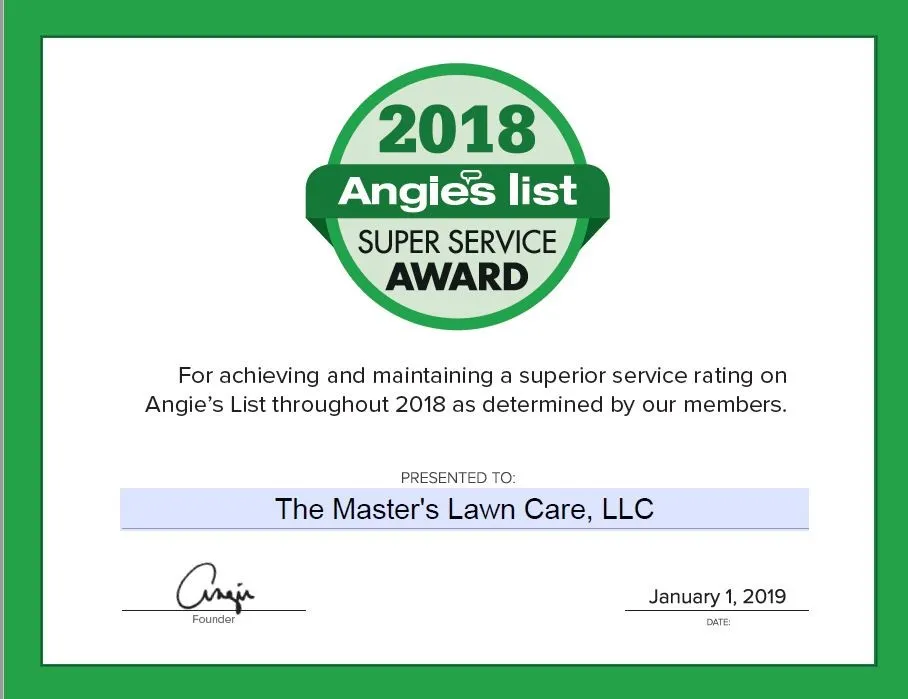One of the most common plants in Gainesville landscapes are the Crape Myrtle tree or dwarf shrub, known for their beautiful summer colors. Their pink, white, red, and purple flowers brighten north Florida landscapes throughout the late spring, summer, and early fall. However, they are also known for getting a black sooty mold covering the leaves that may leave you wondering, "why does my crape myrtle have mold?"
The black covering isn't a mold, fungus, or disease - it's actualy the symptom of a Gainesville landscape pest- the crape myrtle aphid.
To control these Gainesville lawn pests (Crape Myrtle Aphids), we recommend one of three ways. However none of these will remove the sooty mold - just the pest causing the sooty mold. The black discoloration will go away as it drops it's leaves and regenerates growth in the spring.
1 - If it's late enough in fall and the temperatures are below 85-degrees, you can use Horticultural oil as a contact killer. https://www.amazon.com/Mother-Earth-Monterey-Horticultural-Oil/dp/B001R…
2 - If it's still the heat of season, use bifinthrin as the contact (quick control) and immidacloprid as a systemic (long-term) insecticide. https://bit.ly/2HxkXw9
3 - If it's just before the first frost and it's about to lose it's leaves, wait until spring and use the bifinthrin/immidacloprid mixture so that it controls them in next years growing season, as the Crape Myrtle is going dormant soon.
To learn more about our Gainesville, Florida lawn service, visit our website at http://www.themasterslawncare.com

